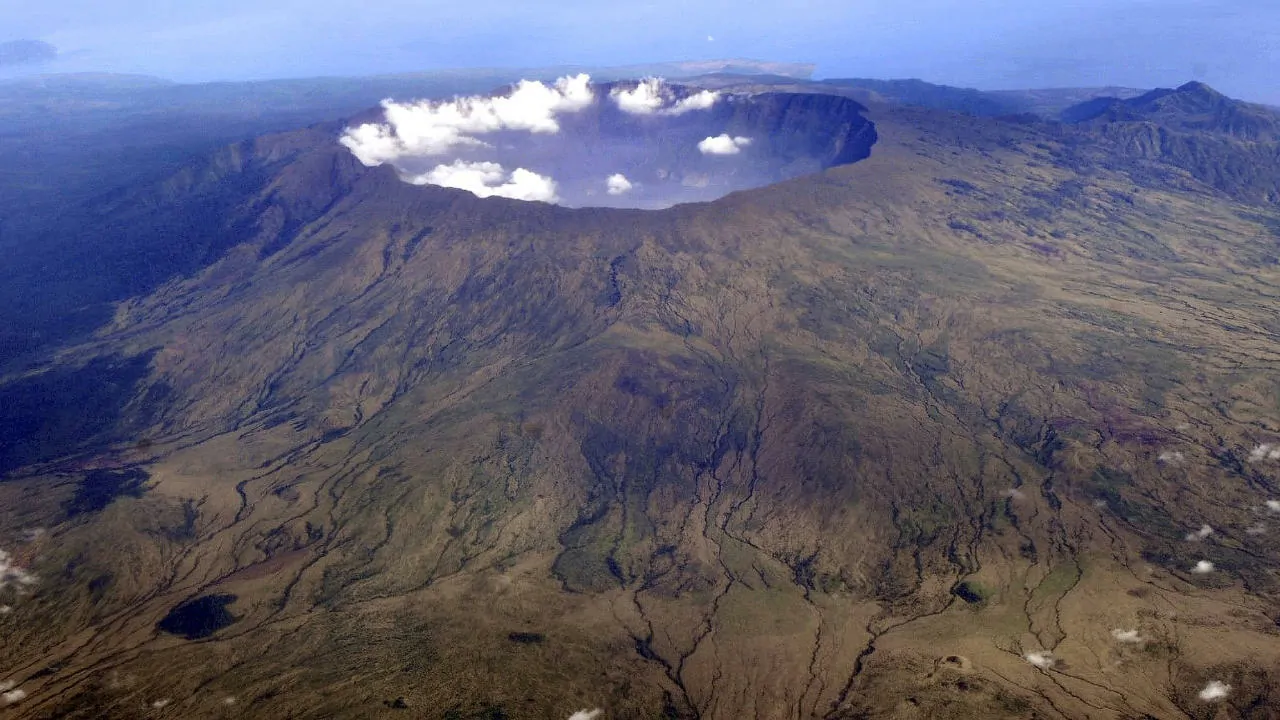In 1815, a massive volcanic eruption shook the world. Mount Tambora, located on the island of Sumbawa in Indonesia, erupted with such force that it became the largest recorded eruption in history. This cataclysmic event not only reshaped the surrounding region but also had a profound global impact that lasted well into the following year.
The eruption released more than 160 cubic kilometers of volcanic material into the atmosphere. Ash and sulfur dioxide particles blocked sunlight across the globe. This atmospheric veil caused a dramatic drop in global temperatures, leading to what historians now call the Year Without a Summer in 1816.
In North America and Europe, snow fell in June, crops failed, and widespread famine followed while in the United States, New England experienced killing frosts in July and August. In Europe, cold and rainy weather led to food shortages, economic decline, and social unrest.
Strangely enough, this gloomy weather in 1816 inspired creativity. While vacationing in Switzerland, author Mary Shelley was trapped indoors due to the unusual cold. She began writing what would become the legendary novel Frankenstein, a byproduct of Mount Tambora’s ash-covered skies.
Experts estimate that the eruption and its aftermath killed over 71,000 people, making Mount Tambora one of the deadliest natural disasters ever recorded.
The story of Mount Tambora is a chilling reminder of how nature’s fury can alter not just landscapes but human history itself.
Source : science.smith.edu
